News
Yolanda’s Impacts and Implications on Reef and Coastal Management
Posted on January 6, 2014Together with the Foundation for the Philippine Environment (FPE) Team, we visited Guiuan, Eastern Samar and neighboring sites just a few days after the Super Typhoon Yolanda hits the area. The main purpose of the trip was to assess the impacts of Yolanda on FPE’s project sites and people around Guiaun areas. For my part, I focused on evaluating Yolanda’s impacts on underwater reef and coastal communities. Two days prior to Yolanda’s landfall in Guian, I was doing underwater reef surveys in the area, and I therefore have a recent before-and-after account of Yolanda’s impacts on underwater reef and coastal communities.
Ocular Assessment of Yolanda’s Impacts on land and underwater
The impacts of Yolanda on coastal and all communities (human, animals, and plants) on land and underwater was beyond extensive and severe devastation. All houses and infrastructures over hundreds of kilometres were destroyed to various degrees of intensity, and some coastal societies were effectively wiped-out (Photo 1). Almost all coconut trees were either uprooted, fallen, or broken in coconut plantations which replaced most of Samar/Leyte’s land cover (Photo 2). Many animals and pet also died along with many humans according to some of the people that we spoke to.
Image showing destruction of most houses, including concrete houses. Houses made of lighter materials (e.g. nipa huts) suffered more severe devastation.
Image showing complete devastation of most tree cover in vast coconut plantations that covered most of the land area in Samar/Leyte.
Underwater, coral reefs were also wiped-out in few islands that was severely impacted by Yolanda’s wind – such as Pearl Island in Guiuan (Photos 3-4). However, many corals also survived – mainly the massive and hemispherical species, which can withstand strong winds, currents, and surges (Photos 5). However, reefs that were mainly comprised of branching coral species were greatly devastated. The devastation of branching corals, such as those in Pearl Island was too intense that filamentous algae immediately took over most of the reef cover.
Images showing Pearl Island, Guiauan, E. Samar a week before Yolanda hits the area and after Yolanda’s impact.
Images showing typical coral reef cover in Pearl Island, Guiauan, E. Samar a week before Yolanda hits the area and after Yolanda’s impact.
Images showing corals that survived Yolanda’s impacts. Filamentous algae immediately covered most of abraded and fragmented corals.
Predicted consequences of Yolanda’s impacts on coastal communities and recommendations:
The devastation of many reefs in Yolanda impacted areas mean that many reef organisms have also lost their habitats, just like humans on land. This means that many small fishes that are dependent on those habitats for food and survival might suffer population declines, unless active coral recovery can be implemented in some of the widely devastated reef areas. This means further that most big fishes that are targeted by fisheries will also suffer population declines as their small food fishes will become less available. However, there is a great need to actually quantify the temporal impacts of Yolanda super typhoon on coral reef and coastal underwater communities. At the moment, concentrating all relief effort to simply giving fishers brand new boats and engine might not help them meet their need for food and income security, considering the devastation of many underwater communities in Yolanda impacted areas. Giving fisher’s alternative means to generate food and income other than fishing might be more reliable and sustainable, considering that most reefs and underwater communities in Samar/Leyte are were already overexploited before Yolanda hits, and most of the coastal societies have high human population that are mainly dependent on already degraded and now greatly degraded underwater ecosystems.
By: Jonathan A. Anticamara, Ph.D.
Institute of Biology, University of the Philippines – Diliman, Quezon City, Philippines
Read More:
- Executive Director Dr. Jerome L. Montemayor carried the banner of the Foundation for the Philippine Environment and the larger civil society during the SBSTTA 26 and SBI 4 meetings in Kenya
- Call for Proposals for the SGP-8 Country Programme Strategy
- #Y4B Ambassadors: JOEPET JEROME S. JARO
- #Y4B Ambassadors: MELLARD MANOGURA
- #Y4B Ambassadors: MARY JANE P. MAGAN
- #Y4B Ambassadors: SHRI TAHANIE B. MACAUMBAO
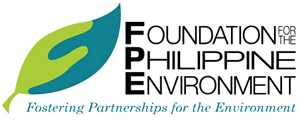
 DISPLAY CALENDAR
DISPLAY CALENDAR
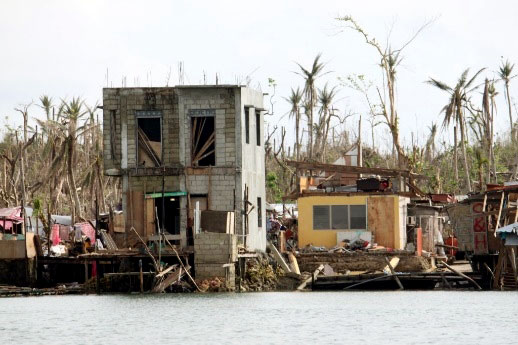

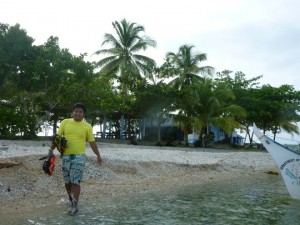
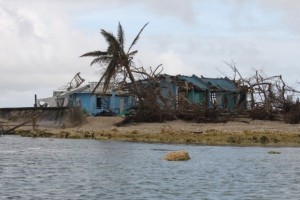
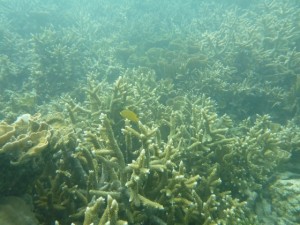
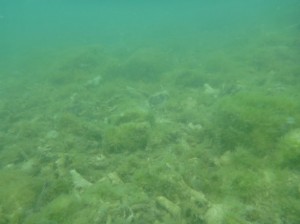
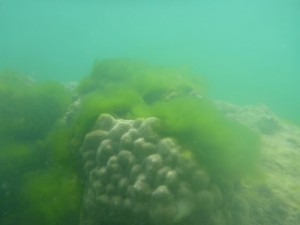
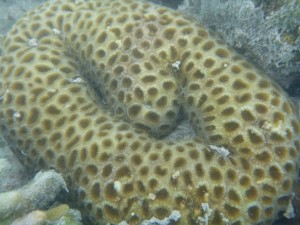
 Read Policy Briefs
Read Policy Briefs
 View Our Partners
View Our Partners
 Access Grants MIS
Access Grants MIS
 Login to Webmail
Login to Webmail